#58 in Vietnam
Bánh Giò: Basic Information
Pronunciation
Alternative Name(s)
Dish Type
Course
Mealtime
Popular Variations
Bánh Giò: Ingredients and Preparation
Main Ingredients
Main Cooking Method
Preparation Process
Bánh Giò: A Deep Dive
Cultural Significance
Taste
Texture
Aroma
Color
Serving Style
Serving Temperature
Accompaniment
Occasions
Seasons
Special Diets
Calories
Popularity
Popular Similar Dishes
- Bánh Ít
- Bánh Tro
Popular Dining Area
Bánh giò is a traditionally steamed rice cake with a savory filling in Vietnam. Typically, the soft and tender rice cake comes in a pyramid shape and is wrapped in banana leaves during the cooking process.
The outer layer of bánh giò is created using regular rice flour, while the filling is a combination of ground pork, wood ear mushroom, and simple seasonings. In the South, bánh giò even has quail eggs stuffed in the middle of the meat filling for serving as a street-side dish.
Commonly, bánh giò is enjoyed right after steaming to savor the soft rice flour that melts perfectly with the savory filling. In Vietnam, bánh giò is a street delicacy, with vendors often roaming the roads selling steamed bánh giò for breakfast or serving as a snack.
Stay tuned to uncover the pros and cons of eating bánh giò before going through some of the concerns that people often have about this steamed rice cake. Then, satisfy your appetite with some of the dishes that are like bánh giò.
Key Points
Bánh Giò Images
Pros and Cons of Eating Bánh Giò
Here are some of the aspects that people need to think about before consuming bánh giò:
Pros
Cons
Aside from the benefits and drawbacks of eating bánh giò, there are also many inquiries about bánh giò for you to explore and understand more about this special Vietnamese rice cake.



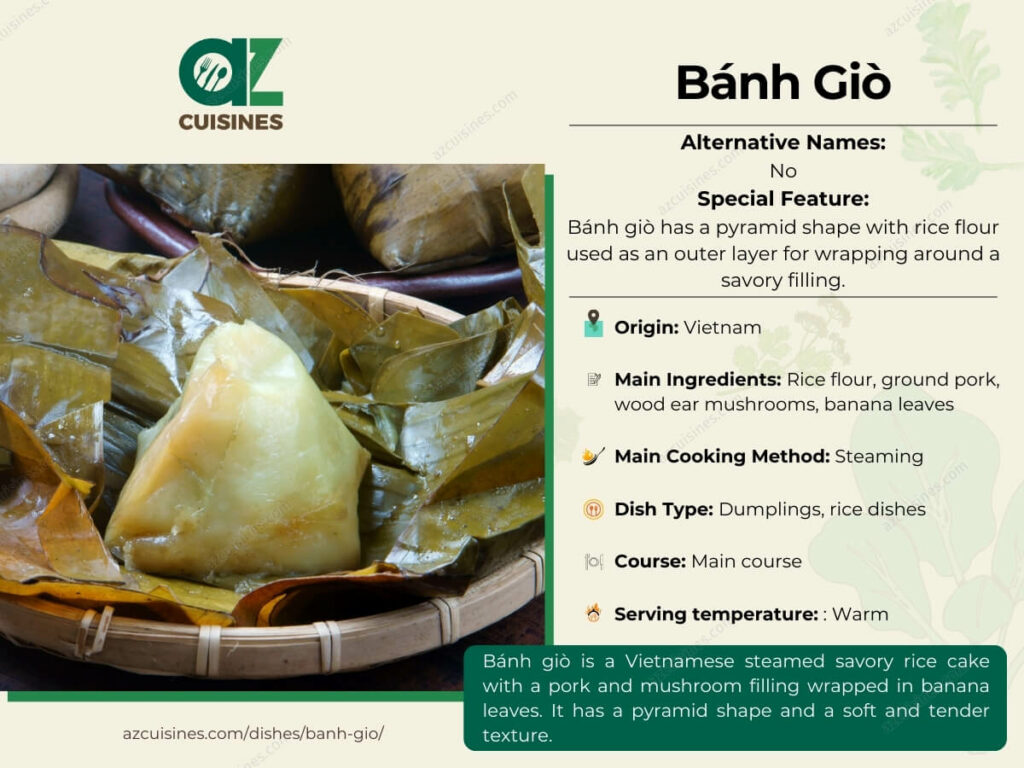
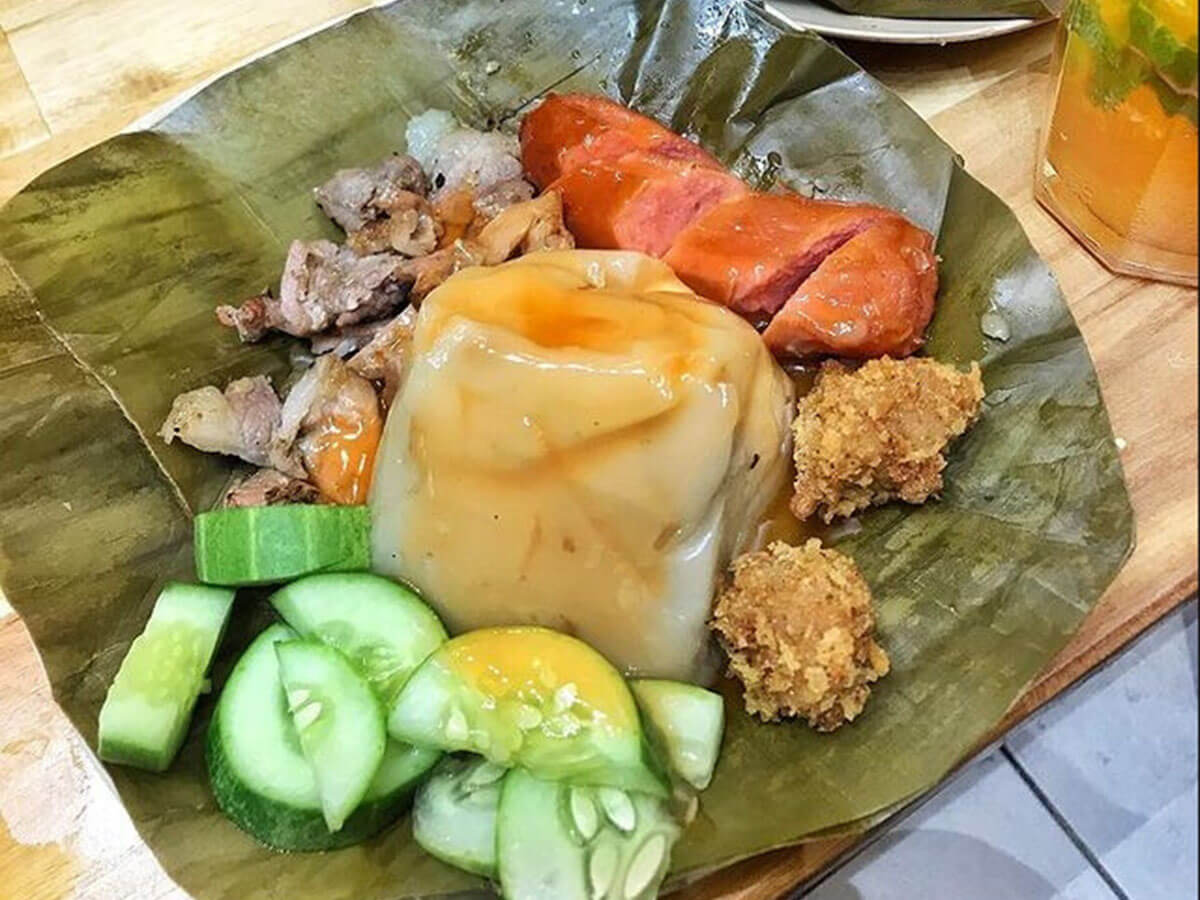
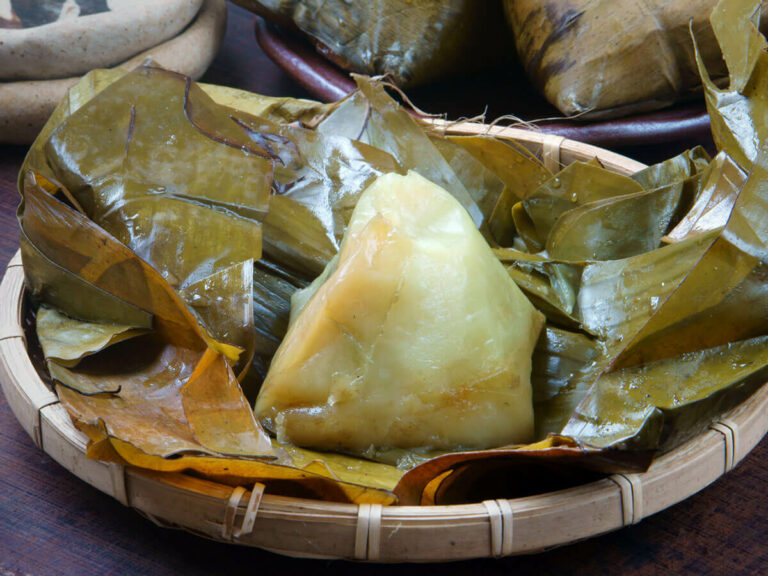
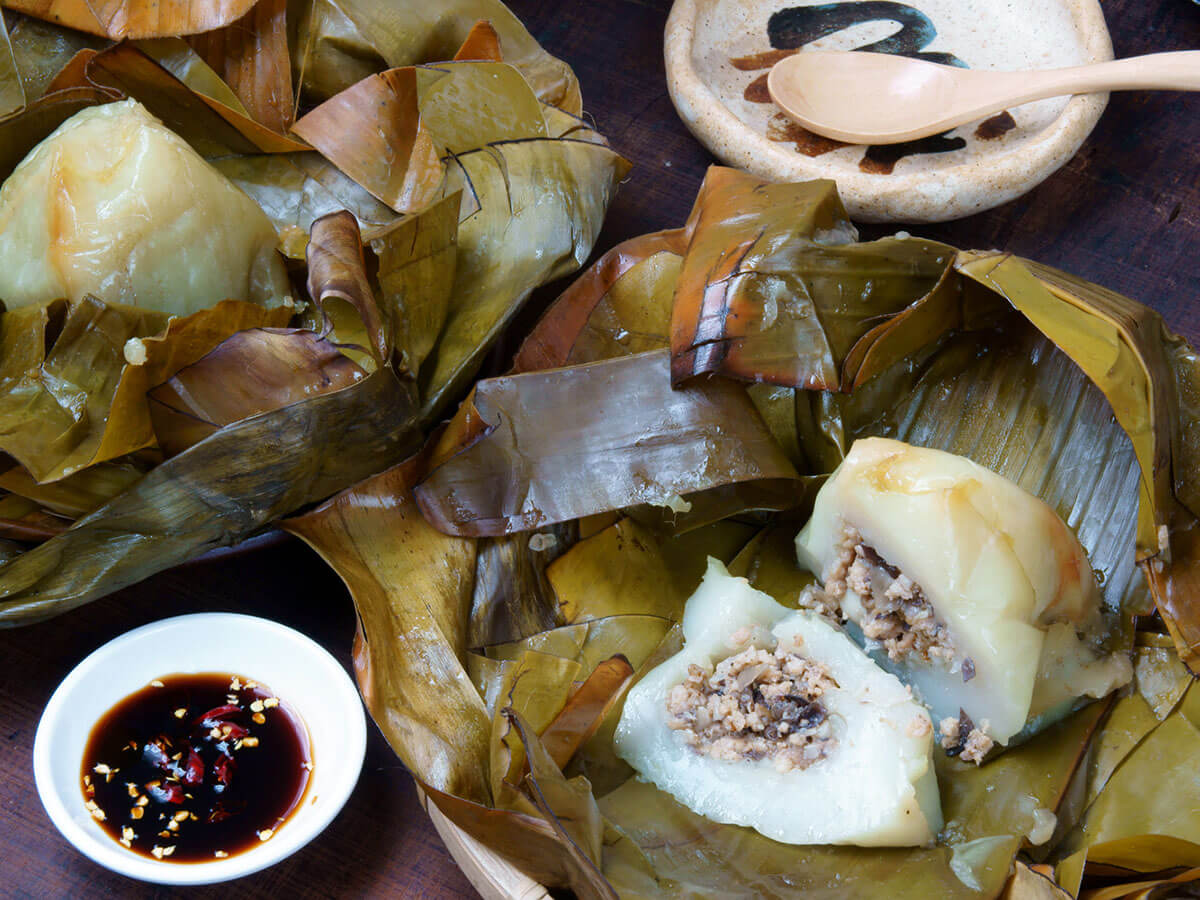
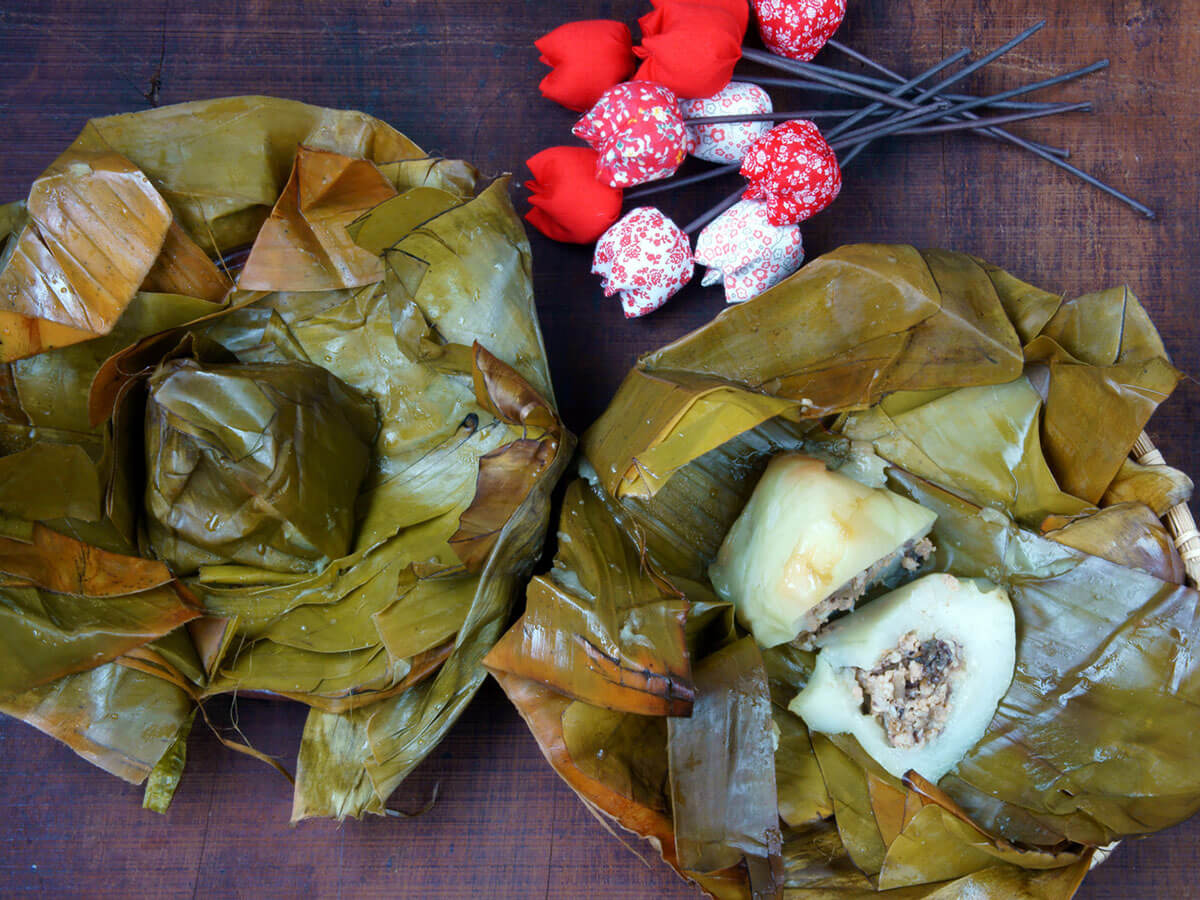
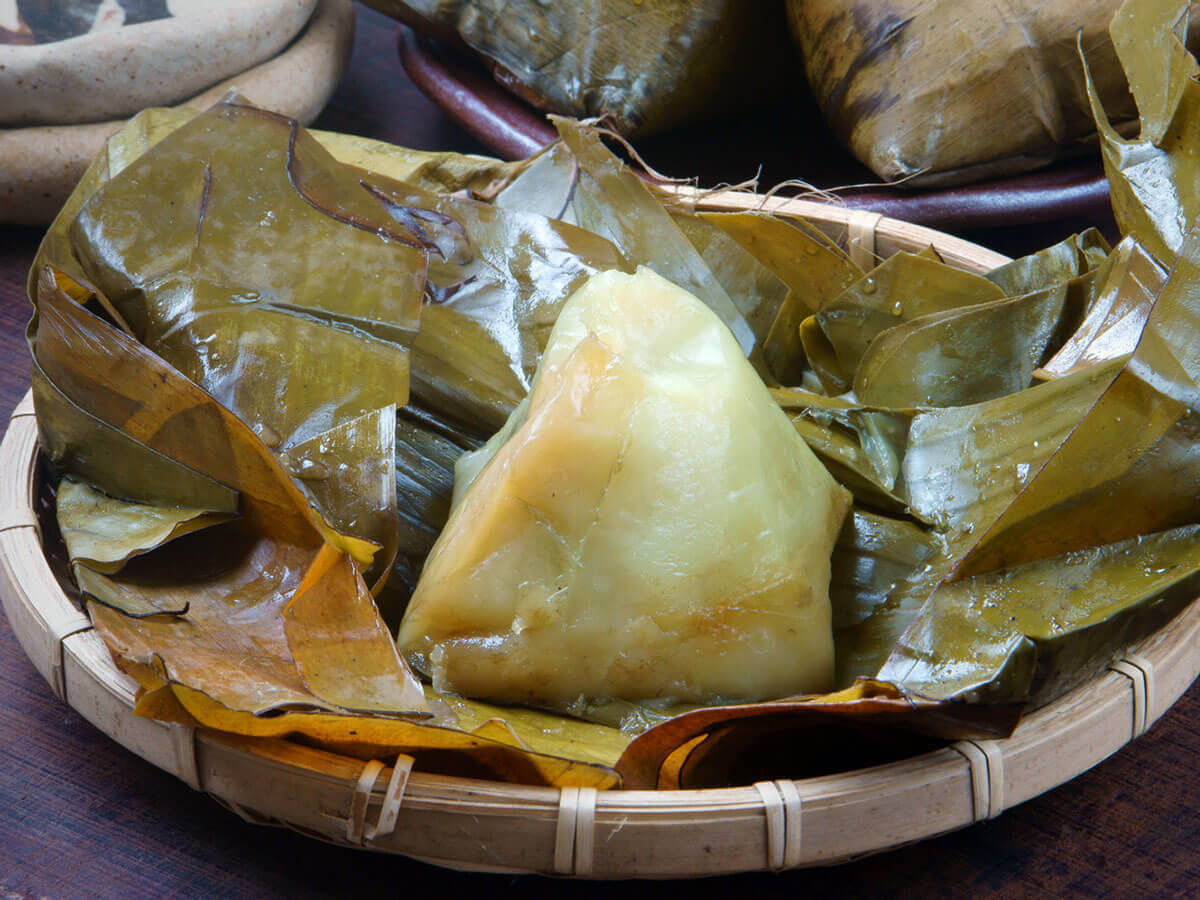
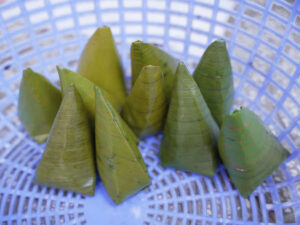

Truc Tran (Kris)
Senior Food Editor
Expertise
Home Cooking, Meal Planning, Recipe Development, Baking and Pastry, Food Editor, Cooking-video Maker, Vietnamese Food Evaluation Expert
Education
Truc Tran (Kris), an experienced food writer and editor, is great at exploring and describing global cuisines, from simple street food to fancy dining. In her writing, she skillfully mixes different flavors, cooking methods, and culinary traditions, showing the unique character of various cultures through their food and drinks. On azcuisines.com, Kris highlights her knowledge, especially in Asian cuisine and worldwide traditional dishes.